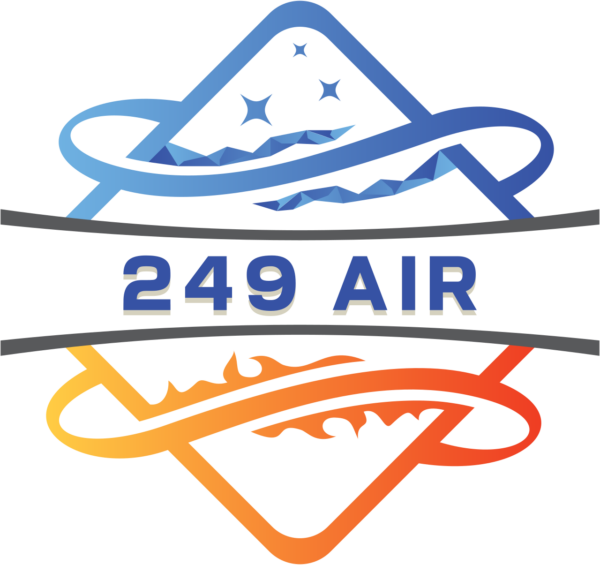
A furnace is often a background player for your home, ensuring you're warm during the cold winter months. It regularly isn't noticed until a malfunction appears.
One cause might be that your furnace has a cracked heat exchanger. It’s a potentially dangerous issue, so it’s worthwhile to familiarize yourself with the signs of a cracked heat exchanger and what to do if you suspect that is the problem.
What Is a Heat Exchanger in a Furnace?
A heat exchanger transfers heat from the combustion chamber inside your furnace to the air that flows inside the ventilation. It usually does this with coils or tubes that heat up the air while functioning as a barrier to keep the gasses produced in the combustion chamber, called flue gasses, from leaking out into your home.
Is a Cracked Heat Exchanger Dangerous?
Thanks to its important role, it’s no surprise that a broken heat exchanger can be very dangerous. A damaged heat exchanger can allow dangerous gasses – including carbon monoxide, which can be lethal – to circulate across your home.
For obvious reasons, do NOT turn on your heating if you think you're dealing with a cracked heat exchanger, as this could make the entire family sick. Reach out to an HVAC professional right away if you think your heating has a cracked heat exchanger that needs repair.
Four Signs of a Cracked Heat Exchanger:
- Furnace switches off: Cracks in the heat exchanger could cause your furnace to turn off.
- Strange Smells: If the air escaping your furnace has an intense chemical scent, it might be a sign gasses are slipping through cracks in your heat exchanger. These byproducts, which may smell like formaldehyde, are a significant warning sign.
- Carbon monoxide alarm goes off or you notice symptoms of poisoning: If a cracked heat exchanger is releasing carbon monoxide in your home, your carbon monoxide alarm should go off or family members may experience signs of carbon monoxide poisoning. Side effects include headaches, dizziness, weakness, nausea, vomiting or feeling sleepy. If your alarm goes off or you feel unusually tired, exit the home right away and then call for help.
- Soot: If you find black sooty collecting on the exterior of your furnace, it’s more evidence something may be seriously wrong.
What You Can Do if Your Furnace Heat Exchanger is Cracked
If you suspect your furnace has a cracked heat exchanger, call a pro with extensive experience in furnace installation Houston right away so they can inspect your system and, if required, handle a furnace heat exchanger replacement. Costs should vary depending on the situation, but estimates often hover around $1,000 to $3,000.
Fortunately, the good news is that heat exchangers are generally included in the warranty. You should review the warranty paperwork on your furnace, because while the warranty might not cover the entire cost of repairs, it could significantly reduce your bill.
How to Prevent a Cracked Heat Exchanger in Your Home
One of the easiest ways to minimize the risk of problems in your furnace overall is with consistent furnace maintenance. Furnaces work the best when they run efficiently. Calling a skilled professional to check your furnace for worn-out parts, clogged filters and other common problems can keep you from getting a big bill later on.
It’s also a good idea to take a look at your furnace filters every few months – it’s encouraged some filters be replaced every 90 days or sooner if they are dirty or grimy. While the filters aren't connected to the heat exchanger itself, the strain of pulling air through a clogged filter makes your entire furnace work longer to accomplish its job. And the harder your furnace needs to run, the more wear and tear components like the heat exchanger will endure.
